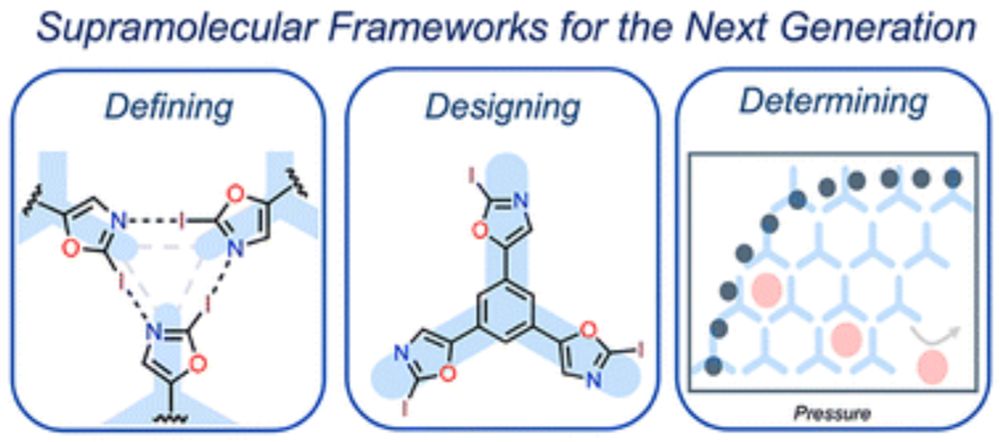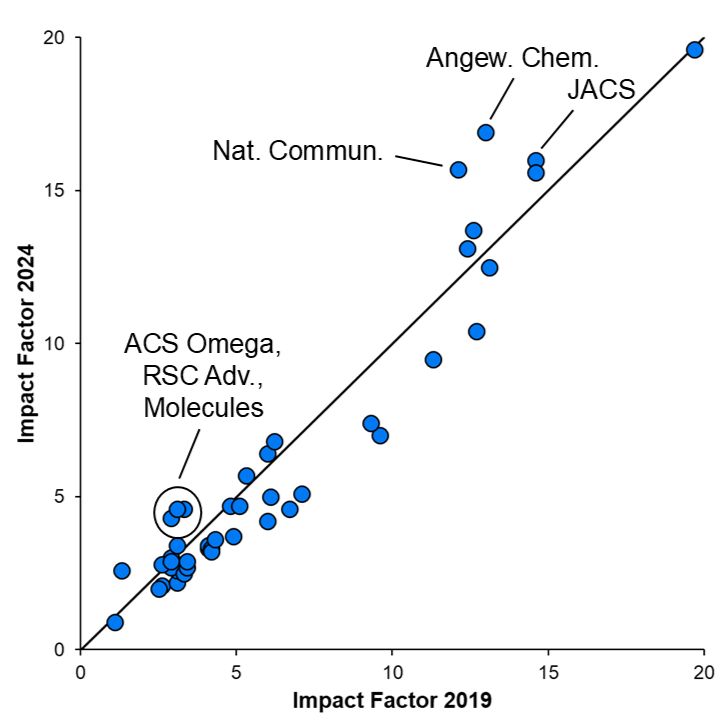Nick White
@nickwhite.bsky.social
480 followers
180 following
42 posts
Supramolecular chemist at the Australian National University. www.nwhitegroup.com.
British-born, NZ-raised, newly Australian.
Boulderer and trail runner.
Posts
Media
Videos
Starter Packs
Nick White
@nickwhite.bsky.social
· Aug 21

Low Symmetry Cage Complexes Formed by Metalation of Symmetric Hexa‐Cationic Organic Cages
Threefold symmetric hexa-cationic hydrazone cages coordinate a range of transition metal ions upon deprotonation. When the cage contains ethyl solubilising groups the expected threefold symmetric cag...
onlinelibrary.wiley.com
Nick White
@nickwhite.bsky.social
· Aug 13
Chemistry World
@chemistryworld.com
· Aug 13
Nick White
@nickwhite.bsky.social
· Jul 25
Nick White
@nickwhite.bsky.social
· Jul 24
Nick White
@nickwhite.bsky.social
· Jul 2
Nick White
@nickwhite.bsky.social
· Jun 24
Nick White
@nickwhite.bsky.social
· Jun 24
Nick White
@nickwhite.bsky.social
· Jun 23
Nick White
@nickwhite.bsky.social
· Jun 23
Nick White
@nickwhite.bsky.social
· Jun 23
Nick White
@nickwhite.bsky.social
· Jun 23
Nick White
@nickwhite.bsky.social
· Jun 23
Nick White
@nickwhite.bsky.social
· Jun 23
Nick White
@nickwhite.bsky.social
· Jun 23
Nick White
@nickwhite.bsky.social
· Jun 23
Nick White
@nickwhite.bsky.social
· Jun 23
Nick White
@nickwhite.bsky.social
· Jun 23
Nick White
@nickwhite.bsky.social
· Jun 13
Reposted by Nick White
Jamie Lewis
@lewischemistry.bsky.social
· Jun 13

Research Fellow - School of Chemistry - 105878 - Grade 7
To create and contribute to the creation of knowledge by undertaking a specified range of activities within an established research programme and/or specific research project.
edzz.fa.em3.oraclecloud.com
Nick White
@nickwhite.bsky.social
· May 11
Nick White
@nickwhite.bsky.social
· May 9
Nick White
@nickwhite.bsky.social
· May 8
Nick White
@nickwhite.bsky.social
· Apr 9


